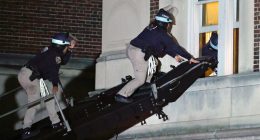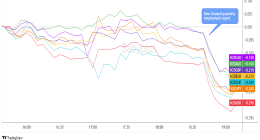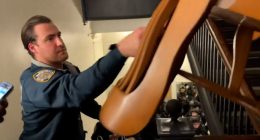Half a decade after LGBTQ+ people marched through London for the first time, key players recall the fun, the fear, the fallout … and the paisley hot pants
When LGBTQ+ rights activists took to the streets for Britain’s first Pride march in 1972, some knew they were making history; others saw it as just another protest. The Gay Liberation Front (GLF) – the pioneering movement behind Pride – was, after all, extremely busy: it organised regular theatrical performance protests known as “zaps”, as well as queer picnics in the park, and revolutionary same-sex dances. Certain things about Pride 72 do stand out in the memory, however: the formidable number of police, the shocked faces of onlookers, and the after party, which involved dancing naked in Hyde Park.
Fifty years on, says activist Ted Brown, people call it Britain’s first official Gay Pride, but there was nothing “official” about it. Pride 72 was not endorsed by the government, let alone the brands and corporations you might see at Pride today. It was not about rainbow flags or pop stars performing; it was fundamentally grassroots, and a challenge to society. Just five years after Britain’s partial decriminalisation of homosexuality in 1967, sex between men under the age of 21 was still banned, and displaying same-sex romantic affection in public was illegal. To take to the streets and show your face to the world was both radical and defiant.
It was like a match tossed into a fireworks factory




